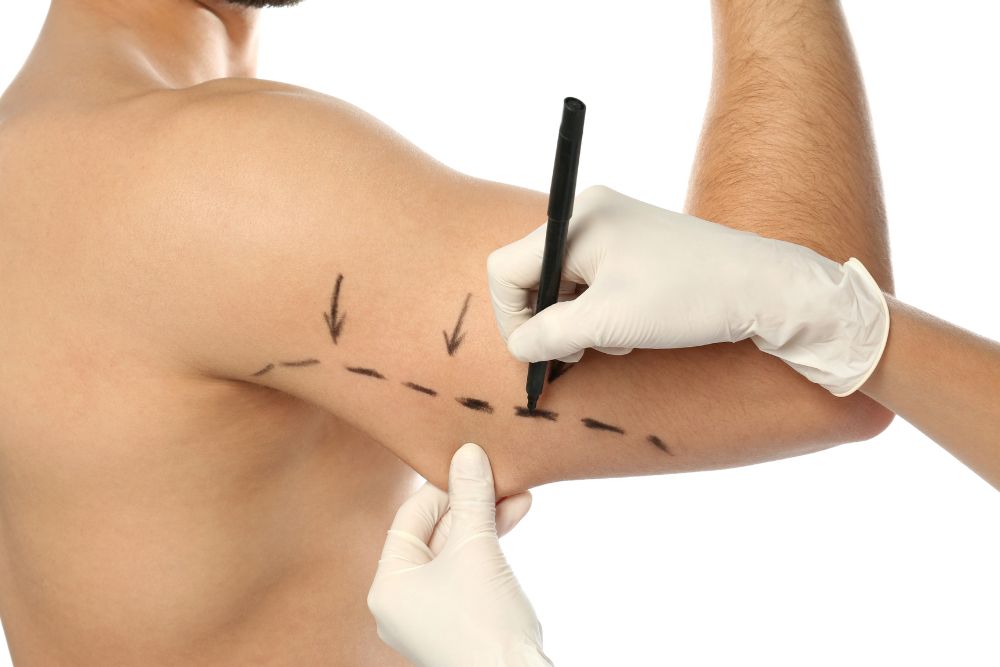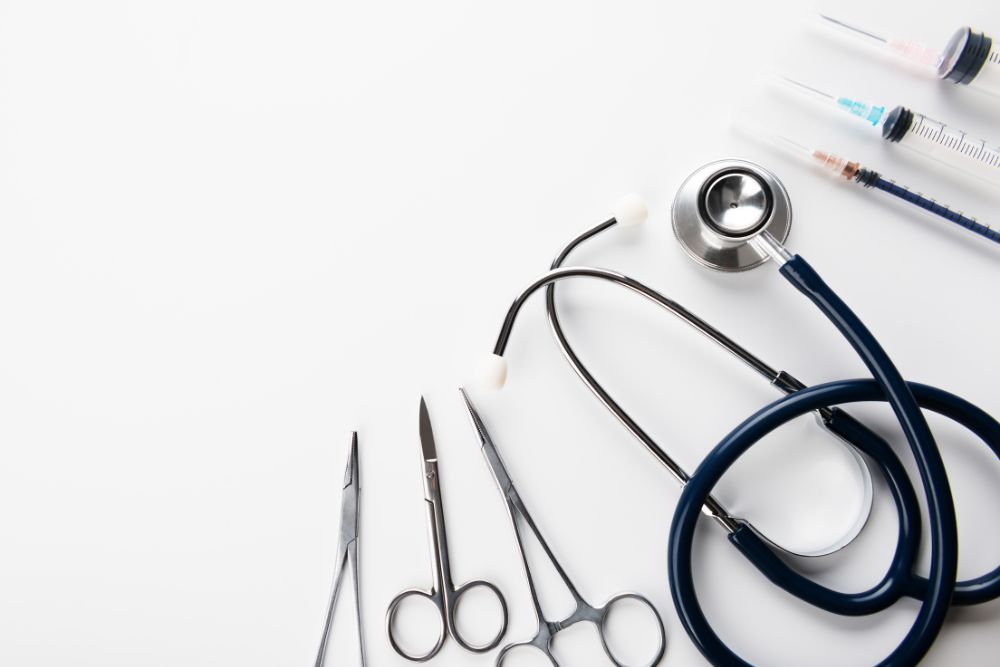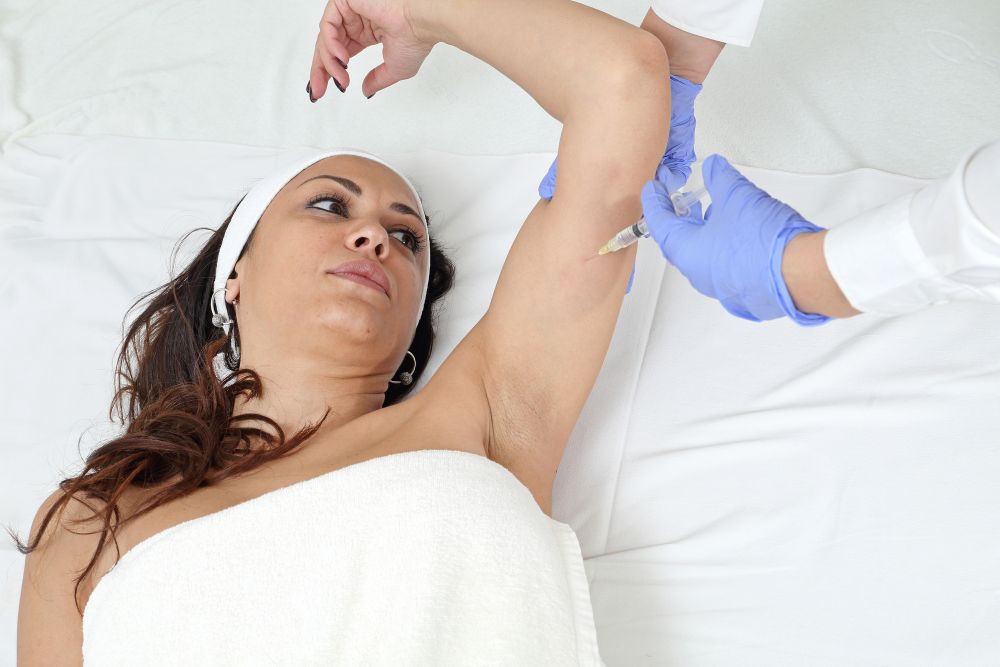Understanding Brachioplasty Arm Lift Surgery
Brachioplasty, commonly known as arm lift surgery, is a type of cosmetic surgery aimed at improving the tone and appearance of the upper arms. This surgical intervention focuses on removing excess skin and fat from the upper arms, typically extending from the armpit to the elbow. The primary goal of brachioplasty is to create a more toned, youthful contour in the arms, addressing issues such as sagging skin due to significant weight loss, aging, or genetic predisposition.
Who is this Procedure for? Pre Existing Medical Conditions
Brachioplasty is suitable for individuals who struggle with loose, sagging skin and extra skin on their upper arms that cannot be adequately corrected through diet and exercise alone. Ideal candidates include those who have experienced substantial weight loss or aging-related loose skin. It’s important to note that brachioplasty is not a weight loss procedure but rather a surgical method to enhance arm aesthetics by removing excess skin and fat deposits.
Costs and Financing
The cost of an arm lift, or brachioplasty, can vary widely depending on factors such as the surgeon’s experience, geographic location, and the extent of the procedure required. According to the American Society of Plastic Surgeons, the average cost of brachioplasty is approximately $5,490. It’s crucial to consider that this figure typically excludes additional expenses like anesthesia, operating room facilities, and post-operative care. While most health insurance plans generally do not cover elective cosmetic surgeries like brachioplasty, many plastic surgeons offer financing options to help patients manage the cost over time.
Preparing for Surgery
Preparing for brachioplasty involves several key steps to ensure a smooth and successful procedure and recovery:
-
Consultation: Schedule a consultation with a board-certified plastic surgeon to discuss your goals, medical history, and suitability for brachioplasty.
-
Lifestyle Adjustments: Commit to a healthy lifestyle, including maintaining a stable weight and quitting smoking several weeks before surgery to optimize healing and reduce complications.
-
Understanding Risks: Educate yourself about the potential risks and complications associated with brachioplasty, and ensure you have realistic expectations about the outcomes of the surgery.
What to Expect During Consultation
During your consultation for brachioplasty, your surgeon will conduct a thorough assessment of your arms, discuss your aesthetic goals, and explain the surgical techniques and expected recovery process. This is an opportunity to ask questions about the procedure, recovery timeline, and any concerns you may have regarding potential risks or outcomes. Your surgeon will provide personalized recommendations based on your individual anatomy and goals to help you make an informed decision about proceeding with brachioplasty.
The Procedure
Brachioplasty surgery typically involves the following steps:
-
Anesthesia: You will be placed under general anesthesia to ensure comfort and safety throughout the procedure.
-
Incision: The surgeon will make incisions along the inner or back of the upper arm, strategically placed to minimize visible scarring.
-
Skin and Fat Removal: Excess skin and excess fat are carefully removed to achieve a smoother, more contoured arm appearance.
-
Muscle Tightening (if needed): In some cases, the underlying muscles may be tightened to enhance the arm’s shape and firmness.
-
Closure: The incisions are meticulously closed with sutures, and dressings or bandages are applied to support the healing process.
Recovery and Results Immediately After Brachioplasty Surgery
After brachioplasty surgery, your recovery timeline may vary based on individual factors, but generally includes the following phases:
-
Immediate Post-Op: You may experience discomfort, swelling, and bruising, which can be managed with prescribed pain medication and wearing compression garments. Report severe symptoms such as sudden shortness of breath or chest pain to your surgeon right away.
-
Early Recovery: Depending on the extent of your surgery, you may be discharged the same day or stay overnight in the hospital for observation.
-
Follow-Up Care: Attend follow-up appointments with your surgeon to monitor healing progress, remove sutures, and address any concerns.
-
Long-Term Results: While initial results are visible soon after surgery, final results will gradually appear as swelling subsides and the arms heal. Maintaining a healthy lifestyle, including regular exercise and a balanced diet, can help prolong the results of your brachioplasty.
Risks and Complications of Brachioplasty Surgery
As with any surgical procedure, brachioplasty carries potential risks and complications, including:
-
Scarring: While efforts are made to minimize scarring, visible scars may remain along the incision lines.
-
Infection: Proper wound care and hygiene practices are essential to reduce the risk of infection.
-
Nerve Damage: Temporary numbness or altered sensation in the arms may occur but typically resolves over time.
-
Asymmetry or Irregularities: Despite meticulous surgical techniques, minor asymmetries or contour irregularities may occur and can sometimes require revision surgery.
-
Upper Arms from Sagging: Brachioplasty won’t prevent the upper arms from sagging in case of significant weight gain or loss.
Your plastic surgeon will discuss these risks in detail during your consultation and provide instructions to minimize their likelihood. By carefully following your surgeon’s pre-operative and post-operative guidelines, you can enhance your safety and optimize your recovery experience.
FAQs (Frequently Asked Questions)
1. Is brachioplasty suitable for weight loss? Brachioplasty is not intended for weight loss. It is designed to remove excess skin and fat from the upper arms and improve arm contour. Candidates should be at or near their ideal weight before undergoing the procedure.
2. Will brachioplasty leave visible scars? While incisions are carefully placed to minimize visibility, scars are a natural outcome of surgery. Your surgeon will provide instructions for scar care and may recommend treatments to help scars fade over time.
3. How long does it take to recover from brachioplasty? Recovery times vary, but most patients can expect to resume light activities within a week or two and return to full exercise routines within several weeks to months. Following your surgeon’s post-operative care instructions is crucial for a smooth recovery.
4. Are there risks associated with brachioplasty? Like any surgical procedure, brachioplasty carries risks such as infection, bleeding, scarring, and anesthesia complications. Your surgeon will discuss these risks during your consultation and provide guidance on minimizing them.
5. Will insurance cover the cost of brachioplasty? Typically, health insurance does not cover cosmetic procedures like brachioplasty unless it is deemed medically necessary (e.g., excess skin causing functional impairment). Patients should check with their insurance provider to understand coverage options.
Conclusion
Brachioplasty, or arm lift surgery, offers a transformative solution for individuals seeking to improve the contour and appearance of their upper arms. By understanding the procedure, preparing effectively, and partnering with a skilled plastic surgeon, you can achieve smoother, more youthful-looking arms and enhance your overall body confidence. If you’re considering brachioplasty, schedule a consultation with a board-certified plastic surgeon to explore your options and embark on your journey to a more sculpted arm appearance.

